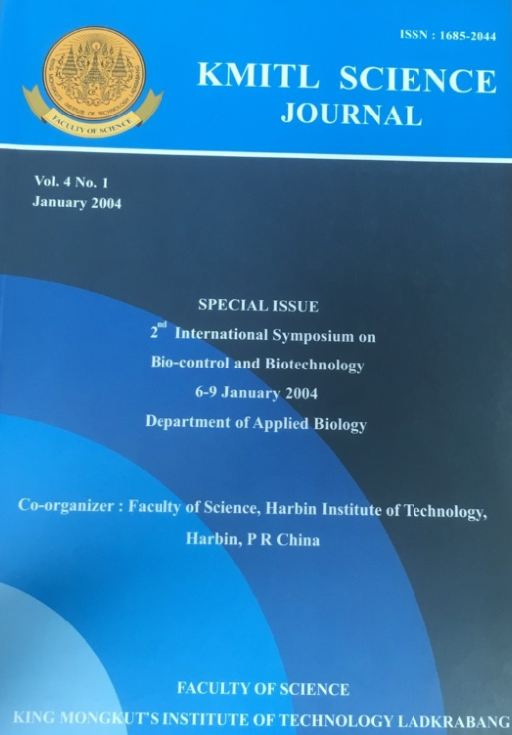In Dictyostelium discoideum the transition from growth to differentiation depends on the availability of food. Various gene expressions are involved at each time point throughout the 24 h life cycle. The 0 h (amoeba), 8 h (mound of aggregating cells), and 12 h (a structure of discrete tip containing prestalk cells) stages were selected because of their distinctive morphologies. Total RNA containing the visible 17s and 26s rRNA bands (1,900 and 4,100 bp, respectively) was used. Primers for RT-PCR of glycogen synthase (GS: 5’-GAAGC ATCTA AACGT GGTAT C-3’ and 5’-CAGAG TGGAT CAAAG ATGAC AGTTG-3’), glycogen phosphorylase-2 (GP-2: 5’-GCAGG TTTAG GTAAT GGTGG-3’ and 5’-TCACC ATGGG AAAGT GAACG-3’), phosphodiesterase inhibitor (PDI: 5’-GATAA ATGCA CTAGC CCAGA-3’ and 5’-GGTGG TTGGC CATGT ATTAA-3’), and SP60 (5’GTAGG TGCCT TATGT ATGGG-3’ AND 5’-ACTTG GGTTG TCCAA AGGGT-3’) were designed from the conserved regions of those genes in other organisms recorded in GenBank. The difference of products from mRNA/cDNA and genomic DNA amplification can be differentiated because those primers were designed to surround an intron (100 bp) of the genes. The 400 bp RT-PCR product of GS was detected from 0-8 h. The 200 bp RT-PCR product of GP-2 was detected after 8 h while the expression of PDI (529 bp) could be detected from 0-8 h. The 418 bp RT-PCR product of SP60 was expressed at 12 h. The above results show that RT-PCR can indicate the expression of developmentally regulated genes in D. discoideum instead of Northern analysis and protein purification.
Keywords: Dictyostelium discoideum, slime mold, development, differential expression, slime mold, RT-PCR, RNA
Corresponding author: E-mail: chanpen@sc.chula.ac.th
Chanchao*, C. . (2018). Expression Pattern of Glycogen Synthase, Glycogen Phosphorylase-2, Phosphodiesterase Inhibitor, and SP60 in Dictyostelium discoideum. CURRENT APPLIED SCIENCE AND TECHNOLOGY, 61-68.

https://cast.kmitl.ac.th/articles/151835